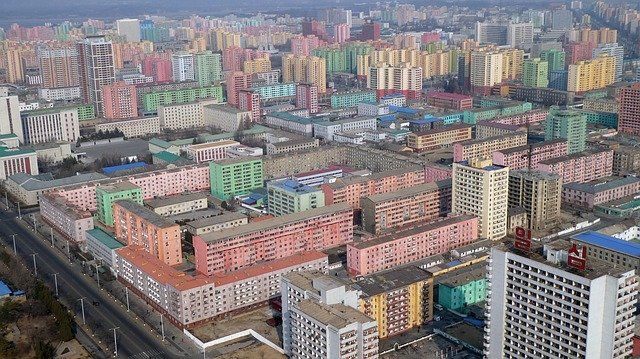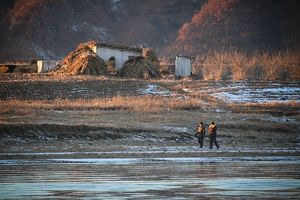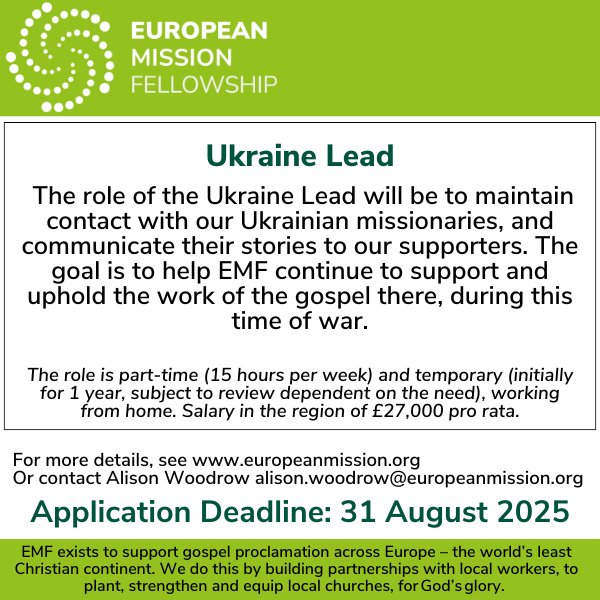The first known Protestant martyr in Korea was the Welsh missionary, Robert Thomas, who was killed in 1866 while preaching and distributing Scriptures in the north of the country. Protestantism first took root in 1882, when Suh Sang-yun, a Korean convert of Scottish missionaries in Chinese Manchuria, brought Korean Scripture portions into forbidden Korea. He secretly gathered together the country’s first group of worshipping Protestants. Over the next few years American Presbyterian and Methodist missionaries arrived.
One important factor in the establishment and growth of the new Protestant church was the adoption by missionaries, from 1890, of church-growth principles formulated by John Nevius. The ‘Nevius method of Missions’ aims at the establishment of self-financing, self-governing and self-propagating congregations. Church growth was greatest in the north, particularly after 1895.
Gospel progress was reinforced by the ‘Korean Pentecost’, a spiritual awakening, which took place in 1907 in Pyongyang. By 1910 there were 167,000 Protestants (compared to 73,000 Roman Catholics). The Korean Presbyterian Church was formed as an independent body in 1907 and the Korean Methodist Church in 1930. Christian hospitals and schools were established, as well as theological seminaries. Korea is a nation with a unified race, language and culture, which also has greatly facilitated the spread of the gospel.

Japanese annexation in 1910 brought persecution to the churches. This became particularly fierce in the 1930s, when believers refused to participate in government-sponsored Shinto ceremonies. While some Christians bowed down to the Japanese emperor, others went to prison rather than do so. The church, however, was looked upon by ordinary Koreans as a focus for nationalist aspirations in the face of Japanese aggression. This support was a ‘mixed blessing’, since it brought non-Christian patriots ‘into’ the churches, for a while at least. It also attracted further persecution. In the long run, though, it is said that persecution had a purifying effect on the true Church.
After the communist take-over in the North, many Christians, especially pastors, were martyred and many Christians moved from North to South Korea. This resulted in the evangelization of the South and the rapid growth of churches there. This continued up to the early 1990s, although it has been obviated by the fact that, over the years, there have been many schisms in the churches. There are approaching one hundred Presbyterian denominations alone, but few of these are reported to have been formed as a result of significant theological differences.
In North Korea, under communism, all 3,000 church buildings were destroyed by the authorities, and severe persecution of Christians continued throughout the 1950s and 1960s. There is evidence that persecution still takes place on a smaller scale today.








